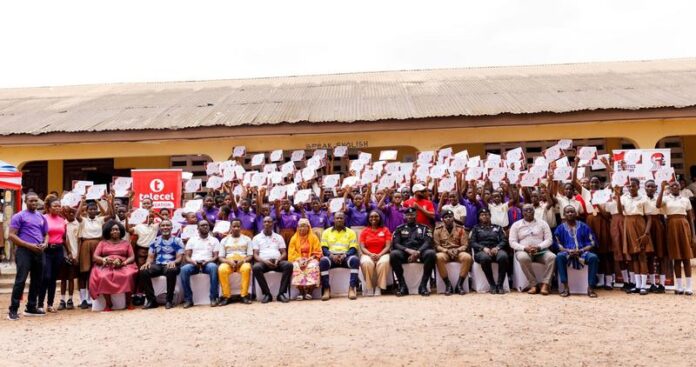Ninety-three pupils from two basic schools in Tarkwa have graduated from a transformative digital skills programme spearheaded by the Telecel Ghana Foundation in partnership with the Gold Fields Ghana Foundation (GFGF).
The three-month training, under the Telecel DigiTech Academy, equipped students from Brahabebom and New Atuabo Basic Schools with hands-on knowledge in programming, website design, coding, and robotics—critical skills for thriving in today’s digital economy.
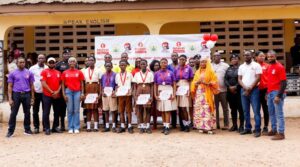
The initiative aims to bridge the gender gap in Science, Technology, Engineering, and Mathematics (STEM) education.
Solomon Diana Ocansey, Senior Community Relations Advisor at Gold Fields Ghana Limited, stressed the programme’s role in fostering creativity, innovation, and problem-solving, particularly in underserved communities.
“To date, the Foundation has invested about US$15 million in educational projects, including graduate training, apprenticeship schemes, heavy-duty equipment operations, welding and fabrication training, and electrical programmes,” he revealed.
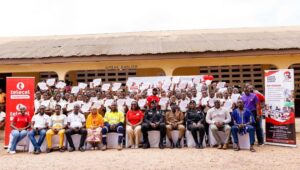
He also cited initiatives to improve literacy by partnering with the Canadian Organization for Development through Education (CODE) to enhance reading and comprehension in 37 public schools in Tarkwa and Damang.
Additionally, the Foundation has constructed a 54-seater smart lab at New Atuabo and trained two teachers in robotics and artificial intelligence to support digital learning.
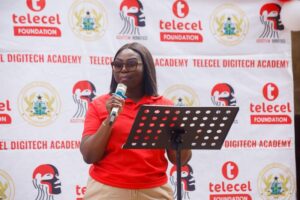
Jacquelyn Makumator-Jones, Foundation and Sustainability Specialist at Telecel Ghana, said the Academy’s objective is to empower young people to become technology creators and innovators rather than mere consumers.
“When the Telecel Ghana Foundation launched the DigiTech Academy as a small pilot in Ho ten months ago, our vision was clear—to break down barriers to digital skills, grow interest in technology, and equip young people to solve real problems in their communities,” she noted.

She added that students have already developed innovative solutions to local challenges, including smart waste bins for sanitation, automated rail gates for transport safety, smart spectacles for the visually impaired, and water monitoring systems to prevent flooding.

“One of the programme’s key successes is its ability to bridge the gender gap in STEM. Across all our cohorts, 70 percent of learners are girls—proving that when we level the playing field, our young women can thrive and lead in science and technology,” she emphasized.
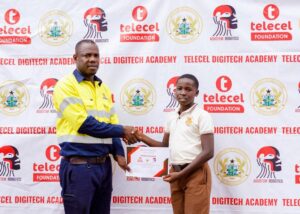
She urged the graduates to build on their skills, pursue STEM careers, and continue creating solutions that benefit their communities.
Source: Lord Tawiah

